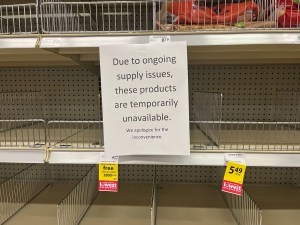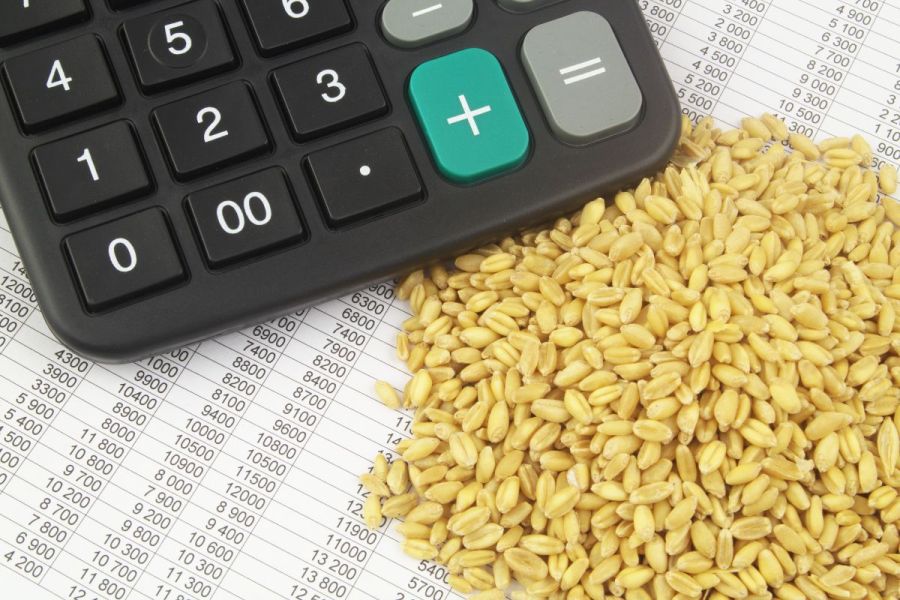By Martin Lines
Over the past 12 months, I’ve witnessed one of the most unpredictable and volatile market movements I’ve ever seen in farming. The ability to plan and budget for the year ahead is becoming increasingly complex and doesn’t make for good viewing.
Predicting the ‘what and when’ of buying and selling has become a game of chance that judges daily discussions as the right thing at the time. It has been frustrating loading lorries sometimes, knowing you could have nearly double the price or unloading lorries knowing the product could be bought for half the price.
This contrast in prices we’ve seen over the past 12 months has become apparent this month as we did our year-end accounts, coupled with the impact the weather has had on our spring crop yields and returns. When we look back in years to come, will this year be seen as a one-off or the start of business as usual?
Looking forward, most crops have come out of winter well and have real potential if the weather plays ball. But striking a balance will be meeting crop needs and keeping a close eye on the margins available. The increasing amount of time needed to focus on running my business, while keeping up with changes in market price and public and private funding, all adds to the challenge.
Speaking to farmers, I know many have made selling or purchasing decisions over the past year that they deeply regret. We have all read the stories of how big a yield someone has sold at the top of the market. For the rest of us lesser mortals who don’t always make the right decisions, we shouldn’t see this as more pressure on us. In farming and business, it’s not the highs and lows of buying and selling but the best average return and the profit on turnover that really counts.
Farming is – and will continue – going through tremendous changes, and if done well this could see farming in a very favourable position but it also could lead farm businesses into difficult choices. Supporting each other in finding solutions and communicating opportunities is the way forward. It’s becoming increasingly evident that peer-to-peer knowledge through farmers sharing and learning from one another is becoming progressively more critical. We want to help the whole of our industry deliver what society wants from us and, as land managers, we must be willing to put forward the solutions that farmers can provide.

A recent report by Sustain highlights the complexities and imbalances in the supply chain, where farmers are often left with less than 1p of food profits for their produce – a situation which has left produce in short supply at times over the past year.
We also require more market share of our produce and recognition of the positive impacts this has on climate and nature. As primary producers, we incur considerable costs that should be moved up the supply chain. Our current market failures are down to supply chains unwilling to pay for production costs. In other countries, farmers’ bargaining power within the supply chain and the ability to secure a fairer price is far better.
As more focus is applied to our supply chains’ climate and biodiversity impacts, more asks will be put upon farmers. We must make sure we get the actual value of delivering these. Currently, the industry has to sign up to supply chain inspections and labelling that has no value to the farmer, just more costs. We have to somehow break the cycle of undervaluing products and expenses incurred in delivering other people’s needs.
A recent report by Sustain highlights the complexities and imbalances in the supply chain, where farmers are often left with less than 1p of food profits for their produce. Despite battling the unpredictability of extreme weather and soaring energy and production costs, any marketplace where farmers receive less than 1% of profits if supplying a supermarket chain is inherently flawed. Farmer-focused, values-based supply chains must be the future if we’re to push climate and nature-friendly food to the front of our market shelves.
This article was taken from the latest issue of CPM. For more articles like this, subscribe here.
Sign up for Crop Production Magazine’s FREE e-newsletter here.




